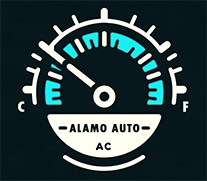Tires are one of the most important parts of any vehicle. Constant monitoring, maintenance and vigilance of tire conditions can save car owners thousands; however, understanding wheels may not be as easy as it seems. What are those markers? What is the recommended pressure? How do you compare brands? All of these questions are great; but, they also depend on the vehicle in question. The only uniform answer I can give, is that proper maintenance will help save your tires, and your wallet. Here are the best ways to take proper care of your tires:
Alignment
Tire alignments consist of realigning the angles that a vehicle’s tires hit the ground and point. This is something that should be done on an as- needed basis because tires typically don’t suddenly become unaligned without an outside reason. Hitting a pothole, damaged ball joints or improperly installed wheels can cause this to be needed. If tires seem to wear unevenly this could also be an indicator.
Not getting an alignment when needed will affect your tires and cause premature wear and tear.
Balancing
Tire balancing is a prevention method to extend the life and condition of your tires. When driving the compression from the weight of the vehicle will put uneven pressure throughout the tires. Check your vehicle’s owner manual for a specific mileage turnover before balancing is due.
If tires aren’t balanced when due your vehicle may experience some shaking and other correction issues.
Mounting
Although mounting is most important during the installation process, it is still important. Correct tire mounting requires that the point of maximum radial force variation, be aligned with the wheel assembly’s point of minimum radial run-out. Mounting is generally done with a machine on all four tires.
Improper mounting can affect the life of the tire as well as the safety of the vehicle.
Rotation
Tire rotation is essential for all modern vehicles. Tires on the front axel have different needs than the tires on the back axel. Rotation patterns also come into play requiring uniform rotations to prevent significant wear. Proper inflation and balancing also cause premature wear.
Skipping rotations can cause uneven and expedited wear on your tires.



